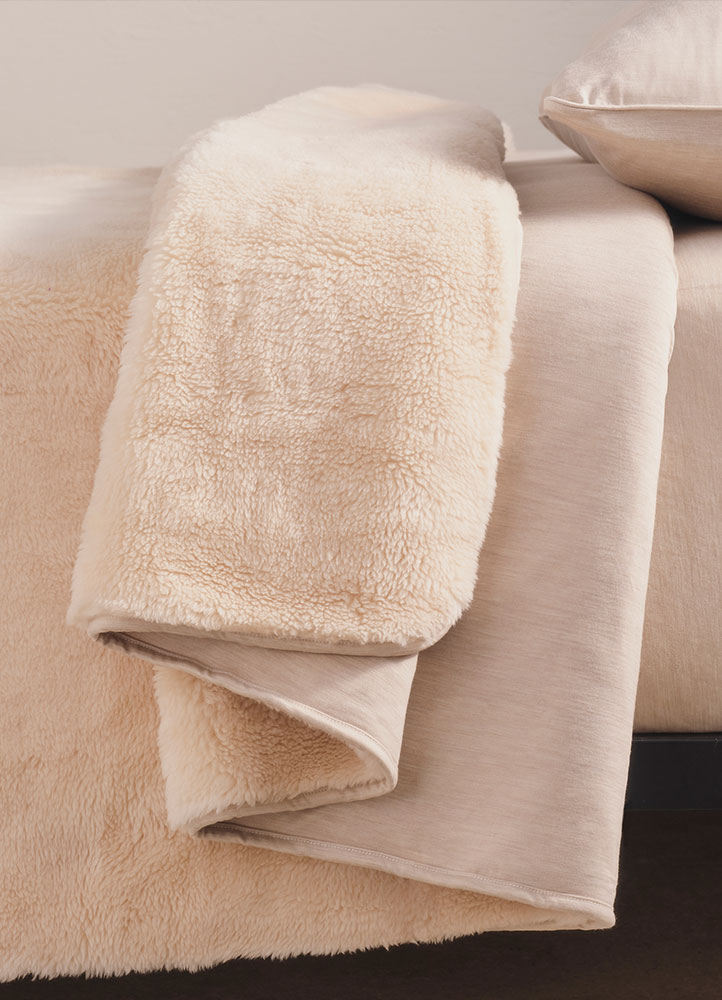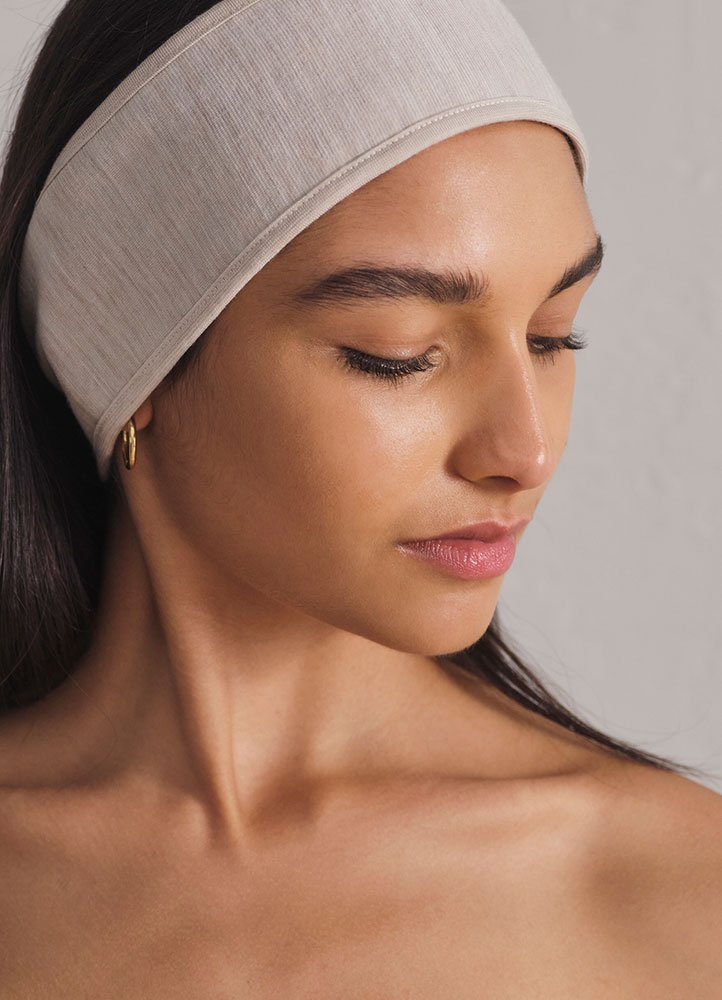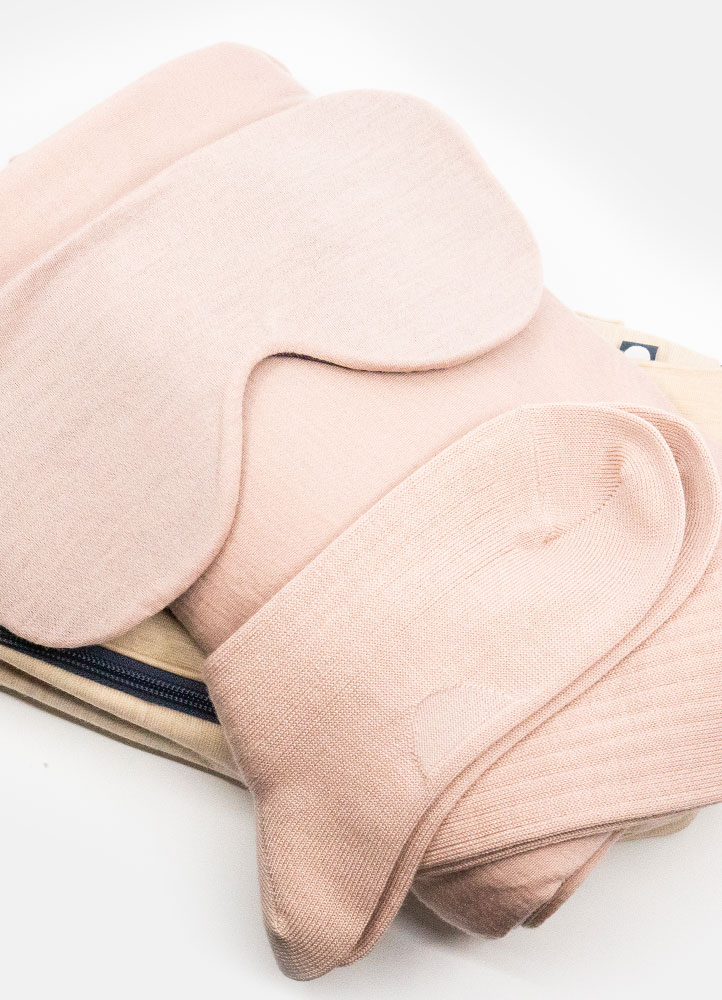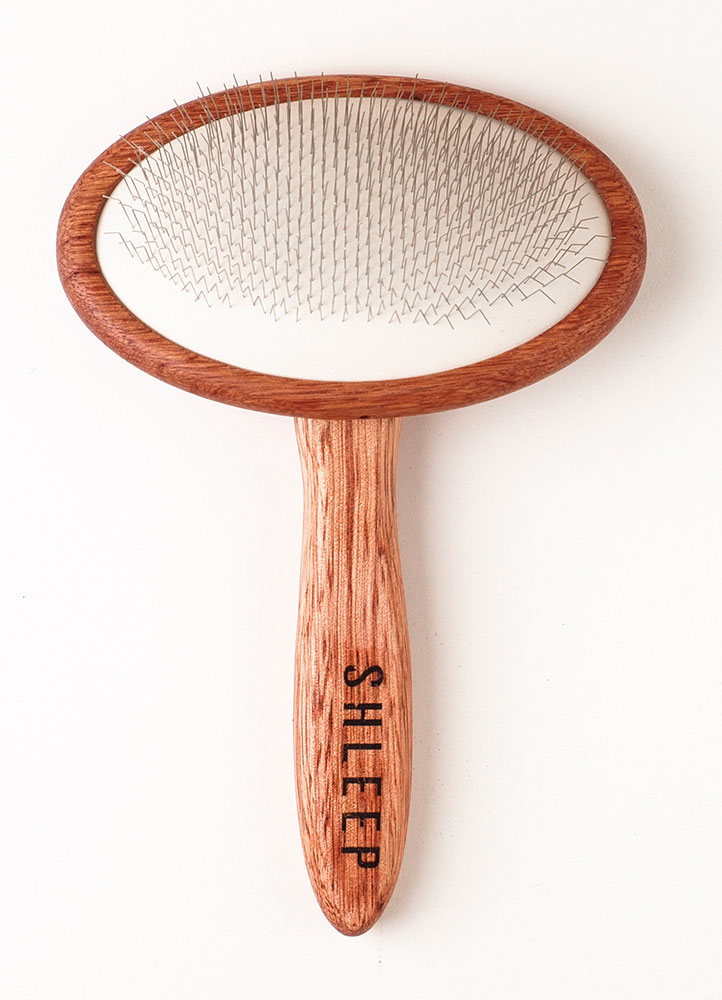Meet two Australian woolgrowers who truly live and breathe everything to do with wool
[start-blog-text]Ever wondered what goes on before our Shleep products are ready for sale? In this series, The Makers, we offer a unique first-hand insight into Australia’s best Merino wool-growing properties, in partnership with the talented Chantel Renae Photography.
[end-blog-text] [blog-image-full image=”https://shleepwell.com/wp-content/uploads/2019/05/Blog-the-makers-series1.jpg” alt=”Blog-the-makers-series1″] [start-blog-text]Sandy and Di Martin have Merino wool in their blood. Their ancestory is rich in wool-growing and fibre production, dating back to the 13th Century – a passion that has been carried down the family tree to their own Merino wool-growing property, ‘Coolatoo’, in South Australia.
For this Australian wool-growing family, Merino wool is not just a business, but a way to proudly carry on their family legacy in an industry they well and truly love.
“I have always wanted to run a sheep station and the sheep are only a small part of running it,” explains Sandy. “It’s all the development and improvements that you have to do to make it successful. The better water and infrastructures you’ve got, the better flock you’ve got.
[end-blog-text]
Merino wool truly is nature’s miracle fibre. 100% natural, renewable and biodegradable, wool offers a natural solution to synthetic fibres. Grown on Merino sheep from the simple mix of sunshine, fresh air, grass and water, behind each flock there’s also a dedicated team of people committed to both the health and wellbeing of their sheep along with the land on which they live.
“You really have got to be an all-rounder in the bush to run a sheep station. You have to be a mechanic, a nurse, concreter, fencer, electrician. The more skills you have, the better it is and the more rewarding it is. There are some big challenges in the bush and you really need to make the right decisions. You can’t buy experience. You really can do anything in the bush if your wife supports you too. Some people can do it, some people can’t. Some just see it as a bit of an inconvenience.
“Di and I are unique in a way that we both have a passion for the agricultural industry and running sheep. We both bounce off each other with what we want to do.”
Di’s father was also very passionate about wool, with the dedication passed down to his daughter from a young age. Producing award-winning fleeces, his pride in wool influenced Di’s passion and sparked her curiosity behind the science and benefits of wool.
[end-blog-text] [blog-image-full image=”https://shleepwell.com/wp-content/uploads/2019/05/Blog-the-makers-series4.jpg” alt=”Blog-the-makers-series4″] [start-blog-text]Di warmly recalls a childhood wrapped in wool: “Ever since I was old enough to be involved, I have been looking at the wool on the sheep and was out in the sheep yards,” she says. “Mum and Dad have always just loved wool to the point where if I ever talked about being cold, Mum would just tell me that I wasn’t wearing enough wool. So, it’s been fairly well instilled in me.”
It’s no secret that Merino wool’s most famous benefit is warmth. Yet wool is a reactive fibre, meaning it has the ability to adapt to your body’s temperature, keeping you warm when it’s cool, but also cool when it’s hot. And that’s not all, the fibre’s moisture management system means that wool products are highly breathable, which is why we choose to work with Australia’s best Merino wool in our bedding to ensure you get the sleep of your life and day of your dreams.
‘We grew up using wool pillows, wool underlays and wool doonas [quilts] and never anything else,” Di recalls of her childhood bedroom. “It was always used for the extra warmth and we probably didn’t realise all the benefits it had for our sleep. As I am getting older, I’m hearing about all of these studies being done of how wool can help you sleep. I’ve noticed recently, that in the summer, I wasn’t wearing any wool when I was sleeping. As it has gotten colder, I have been wearing wool garments when I go to sleep and I do notice the difference. I have been dreaming a lot more.”
[end-blog-text].post-gallery .vc_single_image-wrapper {margin:0;}”
Di and Sandy’s passion for wool and their understanding of the benefits of having it in their homes has now been passed down to their daughters, just as it was them.
“I think when you grow up doing things like this, you don’t realise until you’re a bit older how passionate you’ve become about something. Our daughters won’t buy a jumper now unless it has wool in it. I’ve been fortunate to marry Sandy and he shares the same passion. We love running Merino sheep, growing wool and everything that is involved with that.
“There’s just so many positive things about wool and those people in the wool industry, they love it. They love the animals; they love the wool. We are just striving to do the best we can in an industry we love.”
[end-blog-text] [blog-image-full image=”https://shleepwell.com/wp-content/uploads/2019/05/Blog-the-makers-series6.jpg” alt=”Blog-the-makers-series6″]




